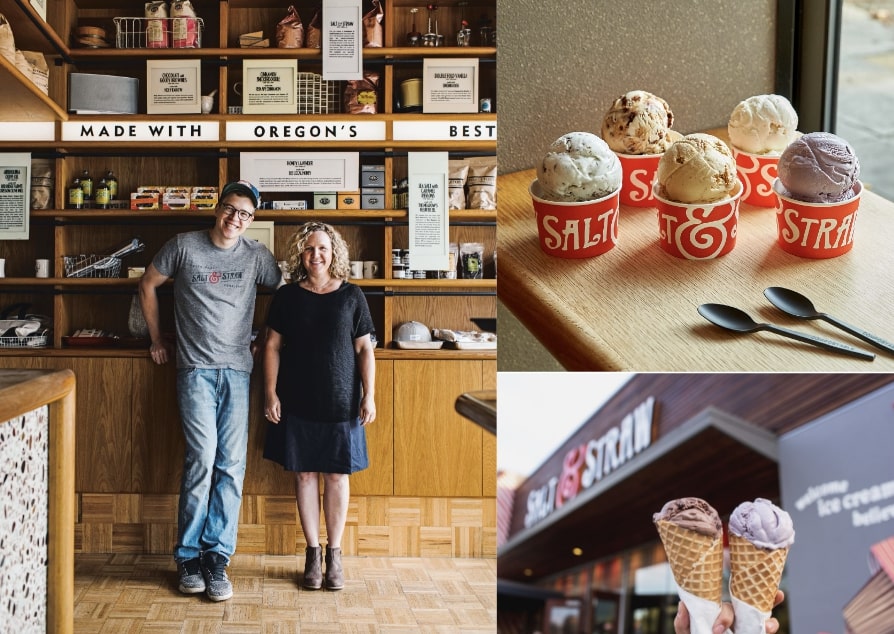Why are some window boxes so beautiful while others are so blah?
It’s all about design, according to Sonia Uyterhoeven, the gardener for public education at The New York Botanical Garden. Choosing and positioning plants with an eye to symmetry, repetition, colour, plant shape and size can turn ordinary window boxes into stunners.
Even a mostly green window box with herbs and other edibles can look beautiful if you mix plants with different foliage and shades of green. For a dash of colour, add an edible flower or flowering herb.
Here are some of Uyterhoeven’s tips.
Design:
Common, inexpensive annuals like petunias and coleus are fine for window boxes. But limit yourself to a few varieties and pay attention to the colour of the foliage and flowers.
“Avoid the temptation to buy one of everything you see,” Uyterhoeven said. “Repetition is crucial in any good window design. Simple symmetry makes it coherent.”
A tall plant on one side of a window box, with a flat carpet of blossoms filling the rest of the space, can look unbalanced. A window box that’s all impatiens or all begonias “can have a flat look,” Uyterhoeven said. “You need different heights to have a successful arrangement: Tall, medium and a spill-over.”
Consider the “architecture” of the plants, Uyterhoeven said. Some are tall and spiky, some flutter in a soft wave, and some creep or cascade over the side of the box. Think about how the arrangement will look when the blossoms are spent.
“If it’s not flowering, does it look bland? If the foliage has different shapes, it will still look nice,” she said.
You can give a polished look to any window box by simply alternating upright flowering plants like geraniums with a trailer, like ivy or sweet potato vines, which have soft, pale green, heart-shaped leaves.
Some of the most appealing window boxes sport what Uyterhoeven describes as an “informal cottage look.” Nothing dresses up a window sill better than a cheerful mass of pansies with painted faces waving softly in the breeze.
Such arrangements may lack symmetry and other formal design elements, but the best ones mix a few colours that complement each other. Window boxes that are too busy can look messy or flat.
Colour:
“Colours change based on what you pair them with,” Uyterhoeven said. Green looks paler next to yellow, while you might not notice the red veins in a leaf until you pair it with a red or purple flower.
Bright colours look better in bright sun, while pale colours can fade in sun but look lovely in shade, Uyterhoeven said.
Experiment with colour combinations. Red and purple go surprisingly well together, she said.
Other colour theory tips: Bright yellow combines well with red and orange; pale yellow combines well with blue. Silver foliage makes blue look more intense, but blue can disappear against dark green.
White reflects light and illuminates shady spots. It also can neutralize loud colours like hot pink, and can separate colours, keeping them from blending or clashing.
Maintenance:
Be vigilant about deadheading pansies, violas, petunias, marigolds and other blossoms that quickly fade, and trim plants like coleus and impatiens when they get tall and rangy. “Don’t be afraid to cut back above the leaf node,” Uyterhoeven said. Some cuttings, like coleus, can be easily rooted for a new arrangement.
Herbs and edibles:
To make an herb window box visually appealing, mix different shades of green and leaf types. “In a monochromatic design, the textures and shapes are more prominent than when you have a mix of colours,” Uyterhoeven explained.
















